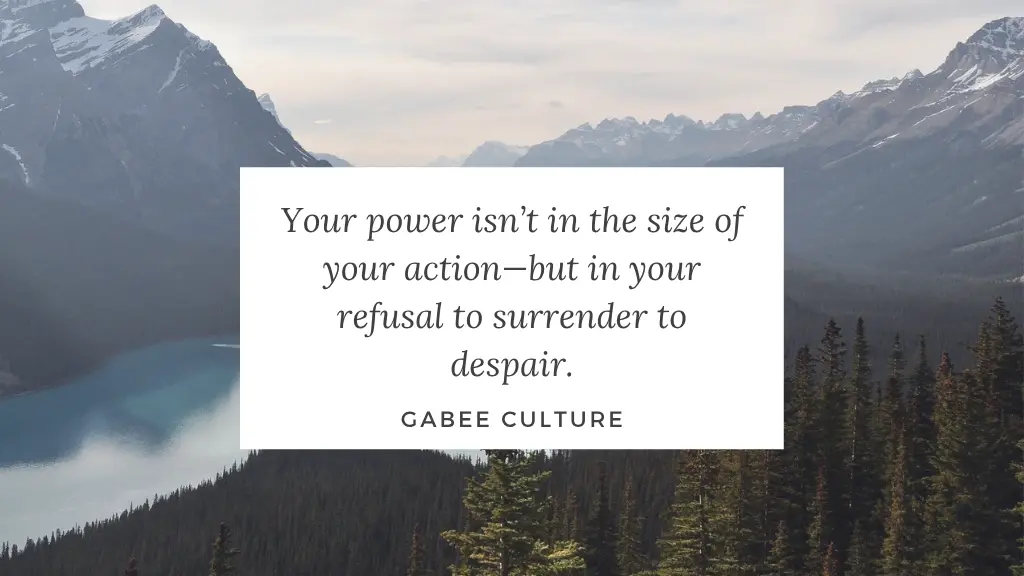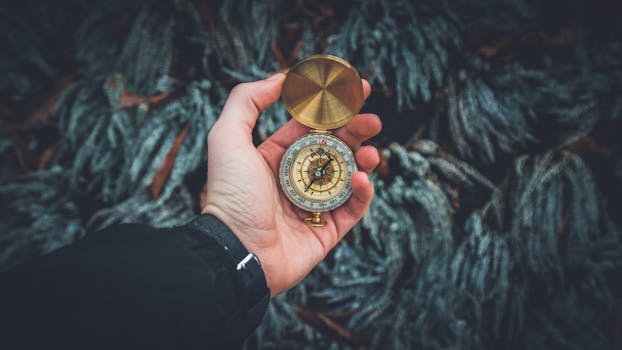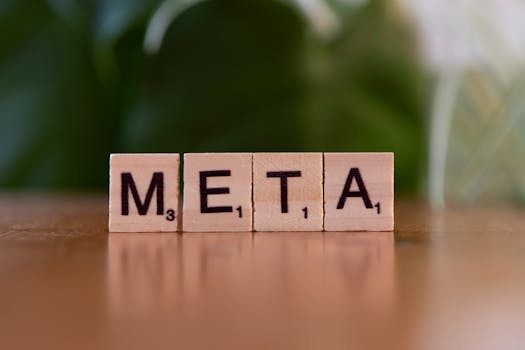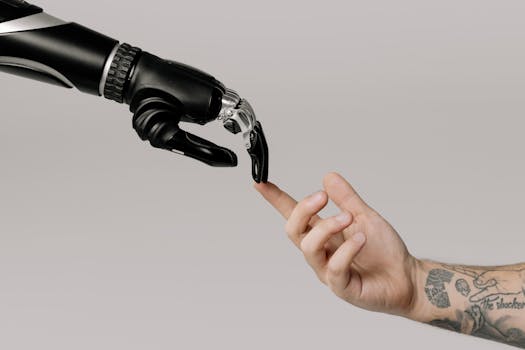Why Summer Heat Might Actually Boost your Health
Is summer heat a health hazard to hide from – or a completely free, natural detoxing, strength-training (mental and physical) and immune-boosting environment we fail to embrace?
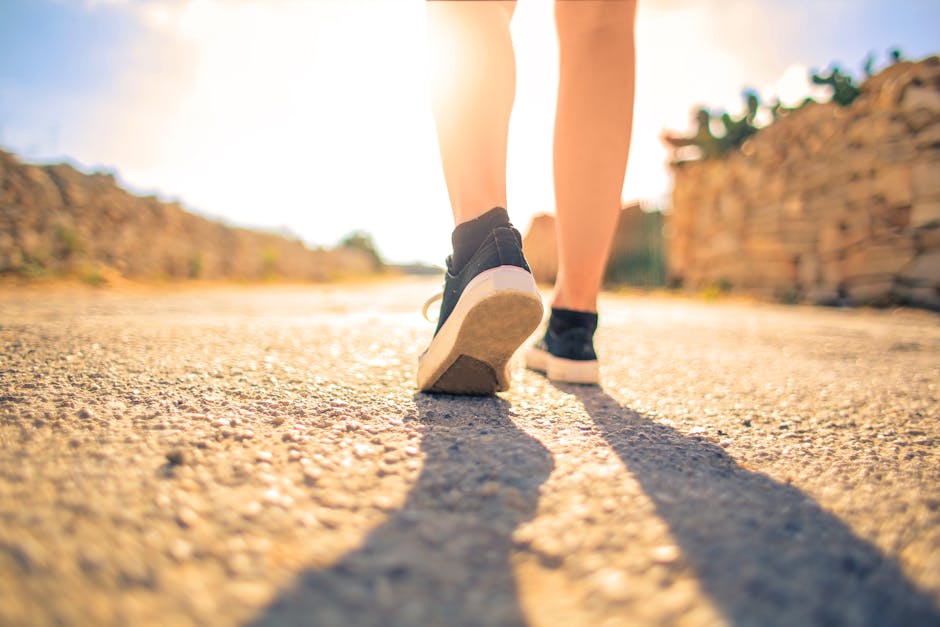
My phone screams: National Heat Advisory. Day Three. June isn’t even over, but stepping outside feels like opening an oven. We’re sealed indoors, AC blasting, blinds drawn, plans cancelled.
Survival mode.
The only trip we managed to make was the freezer aisle of our local supermarket. To our surprise, most of the frozen treats were on sale. We snatched, with reflexes, 2 Ben & Jerry’s and 2 boxes of Popsicle.
In the comfort of our living room couch, we watched the Club Word Cup, Inter Miami vs Porto. We watched World-class players, even Messi, battling it out in temperatures soaring past 90°F (32°C). Seeing them drenched in sweat, visibly fatigued far earlier than usual, was a stark reminder of heat’s undeniable power to drain us. It reinforced our “hide indoors” instinct.
However, is heat really pure enemy?
Interested in learning about anti-inflammatory super food: Check out: The Secret to Japanese Longevity: Protein-Packed Tofu
Health Benefits of Heat
While we flee the heat to avoid discomfort, others pay to sweat in hot yoga or saunas. Professional athletes even use heat training to improve performance and recovery.
The key lies in a biological principle called hormesis. This is the idea that mild, controlled stressors can trigger beneficial adaptations, making us stronger. Exercise is hormetic (breaking down muscle to build it back stronger). Fasting can be. And yes, so is intentional heat exposure.
Here’s what happens inside your body when you experience safe, controlled heat (like a sauna session or a warm bath):
- Cellular Repair Crews Activate (Heat Shock Proteins – HSPs): This is the superstar benefit. Heat stress significantly boosts production of HSPs. Think of these as your body’s emergency repair teams. They:
- Fix damaged proteins inside cells.
- Protect cells from future stresses (heat, inflammation, even toxins).
- Crucially, enhance immune cell function: HSPs help immune cells like dendritic cells present threats more effectively and can boost the activity of infection-fighting T-cells. It’s like giving your immune system a targeted tune-up.
- Circulation Gets a Boost: Heat causes blood vessels to dilate (vasodilation). This improves blood flow throughout your body, delivering more oxygen and nutrients to tissues and helping flush away metabolic waste products. This supports overall cellular health, muscle recovery, and helps immune cells patrol more efficiently.
- Detoxification Support (A Minor Bonus): Sweating helps eliminate trace amounts of certain toxins (like heavy metals or BPA). While not the primary benefit or a reason to overdo it, it’s a helpful side effect supporting overall system function.
- Building Resilience (Heat Acclimation): Regular, safe exposure helps your body adapt. You start sweating sooner and more efficiently, your blood plasma volume increases, and your cardiovascular system handles the heat load better. This makes you less susceptible to fatigue during everyday summer activities (like that walk to the mailbox or playing with kids outdoors) and can even improve endurance performance in normal temperatures. It also builds mental toughness to handle discomfort.
- Stress Reduction and Mental Clarity: Heat exposure encourages the release of endorphins, reduces cortisol (the stress hormone), and promotes relaxation, which can help alleviate anxiety and improve mood and mental clarity
- Metabolic and Weight Benefits: Heat exposure can increase metabolism and, when combined with physical activity (like hot yoga), may contribute to weight loss
The Flip Side: The Drawbacks of Hibernating in AC
While AC is a lifesaver during dangerous heatwaves, staying in a perfectly chilled temperature-controlled cocoon all summer long might have downsides:
- Zero Adaptation: Your body never learns to cope with heat. Step outside, and you’re instantly vulnerable, feeling overwhelmed and drained quickly.
- Reduced Blood Flow: Cooler environments cause mild constriction of blood vessels. While comfortable, this isn’t as beneficial for circulation as the dilation caused by gentle warmth.
- “Use It or Lose It” Thermoregulation: Your body’s natural ability to efficiently warm up or cool down can become less responsive with constant artificial temperature control.
- Stale Air Potential: Recirculated AC air can sometimes be drier and less fresh than outdoor air (filter maintenance is key!), potentially irritating airways for some.
AC is essential for safety in extremes, but total avoidance of any warmth might leave us less resilient overall.
Practical Ways to Use Summer Heat Wisely
The Golden Rule: START LOW, GO SLOW, SAFETY FIRST. This is NOT about pushing limits on scorching days. Listen to your body intensely. Hydrate like it’s your job before, during, and after any heat exposure. Electrolytes (from food or drinks) are important if sweating significantly.
Here’s how everyday people can incorporate beneficial heat exposure during typical (not advisory-level) summer days:
- Embrace Short, Smart Outdoor Time:
- When: Early morning (golden hour!) or late evening. STRICTLY AVOID 10 am – 4 pm peak sun/heat, especially during warnings.
- What: Gentle walking, light gardening, stretching, reading in the shade. NOT intense workouts initially.
- Goal: Acclimation. Start with 10-15 minutes. Over days/weeks, gradually increase duration or intensity slightly – never both at once. Pay attention to how you feel.
- Essentials: Water, Sunscreen and don’t forget your sunglasses!
- Create Your “Sauna Lite” at Home:
- Hot Baths/Showers: End your shower with 2-5 minutes of comfortably hot water. Soak in a hot bath (as hot as is comfortable, not scalding) for 10-20 minutes. Add Epsom salts for muscle relaxation. Perfect for post-gentle-activity or evening wind-down.
- DIY Sauna Session: Sit in a small bathroom with the door closed after a hot shower (steam!). Or use a space heater safely in a small room for 10-15 minutes. Focus on relaxation and breathing.
- Passive Warmth: Spend 10-20 minutes in a naturally warm (not hot) part of your house with the AC off. Sit near a sunny window (indirect light). Just be warm and still.
- Modified “Heat Training” (For Healthy & Cautious Adventurers):
- Warm-Up Indoors: Do your normal workout warm-up in a slightly warmer room (turn the AC down a notch or two, not off, or open the window with a fan to circulate the air).
- Cool-Down in Warmth: After your main (ideally AC-cooled) workout, do your stretching, foam rolling, or mobility routine in a warmer room or outside in the shade. Extend the mild heat exposure during recovery.
- Low-Intensity Cardio in Warmth: If you have an indoor bike, elliptical, or treadmill, try a very gentle session (think 50-60% effort) in a warmer environment. Drastically reduce intensity and duration compared to your cool workouts. Hydration is absolutely critical here.
- Mindful Movement in Warmth: Practice gentle yoga under a tree (doesn’t have to be “hot” yoga), walking meditation in nature or a nearby park, or simple mobility flows in a naturally warm room or shaded patio. Focus on breath and gentle movement, not intensity.
Non-Negotiable Cautions: Safety Above All Else
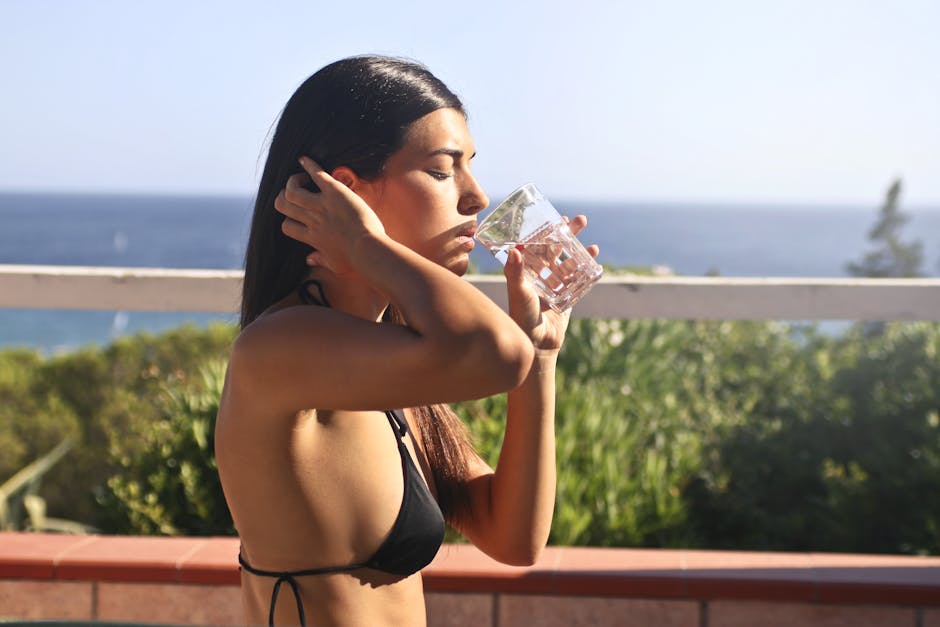
Heat illness (heat exhaustion, heatstroke) is serious and can be life-threatening. Prolonged or intense heat exposure can lead to heat exhaustion or heat stroke, especially if you push your limits or have underlying health conditions. Never ignore these signs: Dizziness, nausea, headache, rapid heartbeat, excessive fatigue, muscle cramps, confusion, or cessation of sweating.
Dehydration: Heat increases fluid loss through sweat, raising the risk of dehydration. Drink plenty of water and replace lost electrolytes.
Listen to your body: STOP IMMEDIATELY, get to a cool place, sip cool water, and seek medical help if symptoms are severe or worsen.
Gradual Adaptation: Acclimate slowly to heat exposure, especially if you are new to saunas, hot yoga, or heat training
Who Should Avoid Intentional Heat Exposure (or Consult Their Doctor First):
- Individuals with heart conditions, uncontrolled high blood pressure, or history of stroke.
- Pregnant women.
- Those with severe respiratory issues (like COPD).
- People with certain neurological conditions (e.g., MS).
- Anyone feeling unwell, dehydrated, or hungover.
- Children and older adults (require extreme caution and different approaches).
- Never push through discomfort into pain or illness.
The Balanced Summer: Respect, Adapt, Thrive
This heatwave forced me indoors, but it also opened my eyes. Summer heat doesn’t have to be solely an enemy to hide from. By respecting its dangers during extremes (using AC wisely!) and strategically incorporating short, controlled, gentle heat exposures during milder periods, we can potentially unlock surprising health benefits.
Key Trade-offs
| Aspect | Benefits | Risks |
|---|---|---|
| Heat Exposure | Boosts thermoregulation, endurance | Risk of heat illness if excessive |
| AC/Fan Use | Prevents heat stress, aids cognition | Dryness, reduced heat adaptation |
We can build resilience against the heat itself, give our immune system a helpful nudge, support recovery, and maybe even emerge from summer feeling a bit stronger. It’s about learning from those heat-adapted athletes – not by pushing to their limits, but by understanding the principle: Controlled stress leads to greater strength. Let’s harness the warmth wisely and make this summer work for us.
Popular Heat Practices and Their Benefits
| Practice | Key Benefits | Main Cautions |
|---|---|---|
| Sauna | Cardiovascular health, immune boost, relaxation | Dehydration, heart conditions |
| Hot Yoga | Flexibility, stress relief, metabolism, mental clarity | Overheating, hydration |
| Heat Training | Endurance, cardiovascular efficiency, thermoregulation | Heat illness, gradual adaptation |
Incorporate heat exposure thoughtfully and safely to enjoy its health and performance benefits, especially during heatwaves or as part of a training regimen.
What’s your relationship with summer heat? Have you tried any intentional heat exposure? Share your thoughts (and stay cool when needed!) with us!


